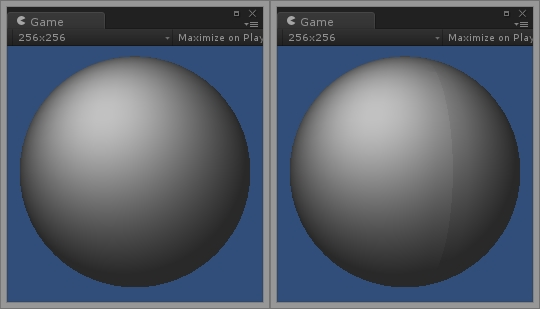A BETTER METHOD TO RECALCULATE NORMALS IN UNITY

A visible seam showing after recalculating normals in runtime.
You might have noticed that, for some meshes, calling Unity’s built-in function to RecalculateNormals(), things look different (i.e. worse) than when calculating them from the import settings. A similar problem appears when recalculating normals after combining meshes, with obvious seams between them. For this post I’m going to show you how RecalculateNormals() in Unity works and how and why it is very different from Normal calculation on importing a model. Moreover, I will offer you a fast solution that fixes this problem.
This article is also very useful to those who want to generate 3D meshes dynamically during gameplay and not just those who encountered this problem.
Some background…
I’m going to explain some basic concepts as briefly as I can, just to provide some context. Feel free to skip this section if you wish.